Tips in Creating a Mood in Your Interior Using Colors
You may notice that homes have varying mood in the interiors. Some have that formal feel while others have a lively aura. It differs depending on the personality of the owner and what the owner wants the space to convey. Still others, doesn’t really pay much attention to this matter. But for me, it is important that you are able to set the mood of your space because it can easily make you and even guests feel at ease in the house. It can also tell the guests on how they are supposed to behave while inside your home.
Aside from the style of the interior, colors have a great impact to an interior’s mood. Sometimes, it may be hard to decide on what colors to use but once you get to choose them, you are not just putting some hues to your home but you are also creating a certain “feel” in your home. So, how are you going to do that? How can you set the mood of your interior using colors? Let me help you.
1. Determine the kind of “feel” you want.
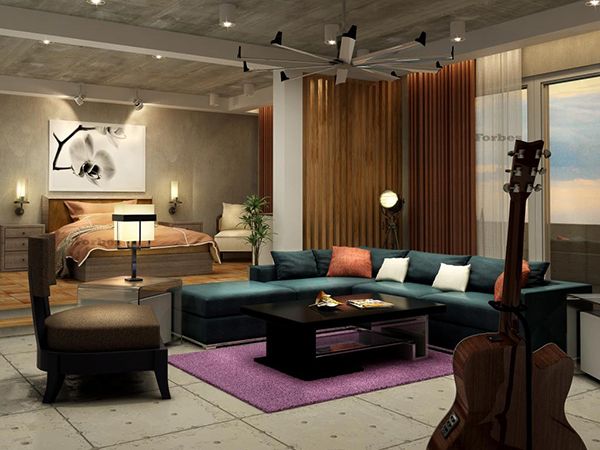
It is important that you know the kind of mood you want for your home. Do you want a tranquil feel? Then go for soft grays and earth tones. Do you want a lively feel? Then play with bright color combinations from yellows to red. Do you want a soft and calming feel? Go for pastels! Do want to feel relaxed but sexy? Try light violets and pink for your home. Start choosing by considering your fave colors. Then from that, add some other complementing or contrasting colors. Don’t forget to consult your color wheel.
2. Consider your space.
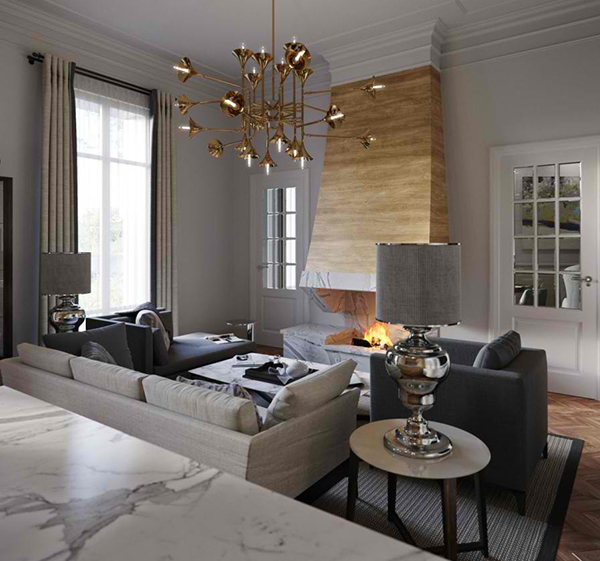
Vladimir Bolotkin
The feeling of every area depends on what space it is in the house. For instance, a play room really has that dynamic feeling that is why it is filled with many colors. Most of the time, you will see reds and orange in a play room for it evokes an energetic and stimulating aura. Your kitchen can also reveal how you use the space because of its colors. If you love cooking and want the spend most of your time in it, soft golds and terra cottas will be nice for a nurturing and fun feel. You can stick with white too to reflect cleanliness. Look into other spaces in your house and think of how each one plays a role in your life.
3. Know your colors.
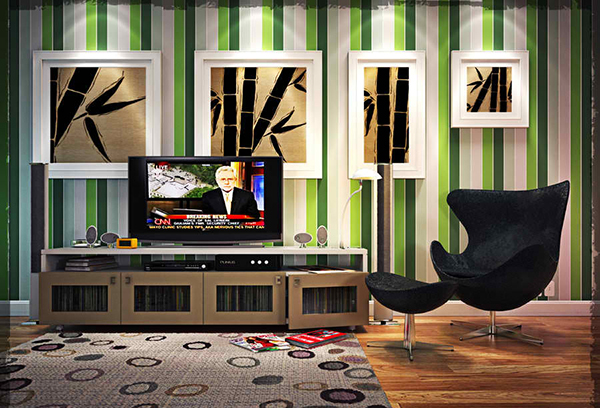
It would help a lot if you know what colors means. Try to look into color psychology so you will be guided. Studying the basics of colors can help you choose the mood of your space. Also, make sure that you do not miss looking into the color wheel. You want your colors to complement with each other. Be careful in using much bright colors too. If you decide to use bright colors, set it to minimal and add soft gray as a backdrop.
4. Consider your culture and location.
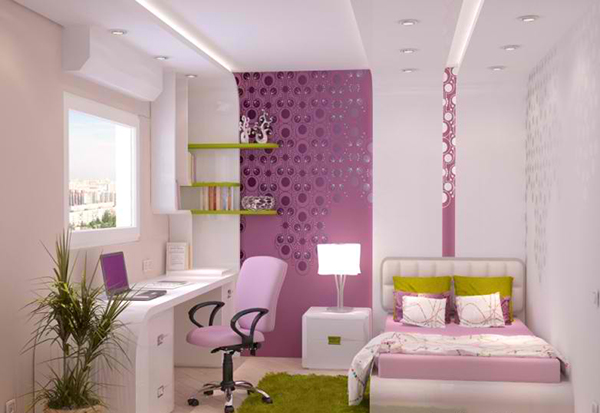
Design 3F
The meaning of colors may also vary on the culture of the place you are in. There are colors that are offending for your culture. So, be careful in using them. If you are in an urban home, you might want to give your interior a safe and relaxing ambiance that will make you feel that you are away from the city’s busy life.
5. Natural light matters.
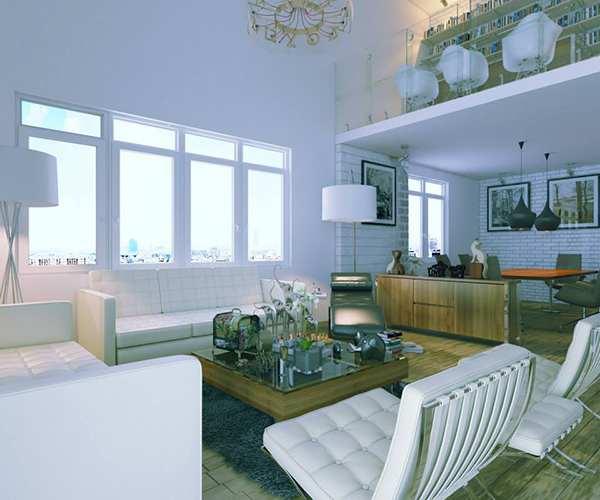
Colors and light are best friends. So, you have to consider lighting especially natural light. If an area in the house gets enough sunlight, then it will work well with muted hues and warm hues. But if an area is secluded and dark, try using bright colors to it. Even gold as an accent will look good in it adding some glow in the space.
6. Use adequate bold colors.
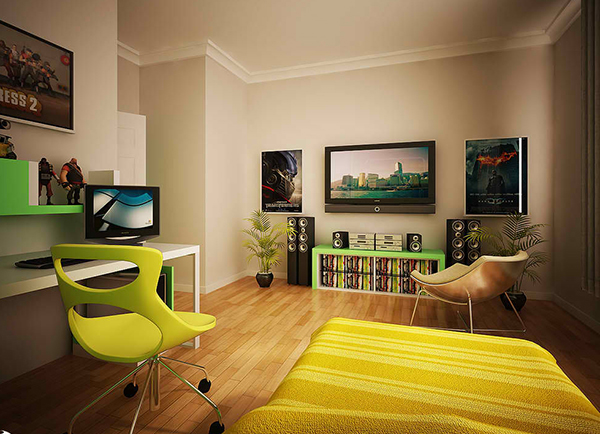
Too much of something is bad. So, don’t overdo your bold colors or your space will look like an activity area (unless it is really an activity area!). You can moderate the use of bold colors like red and pink and adding gray, black, beige or cream with them. This way, they will not look that strong. Pick a bright color then choose what neutral colors you want to use with them. You will notice how this is used in men’s clothing like how purple is surrounded by gray or black to tone it down.
7. Black, gray and white are your friends.
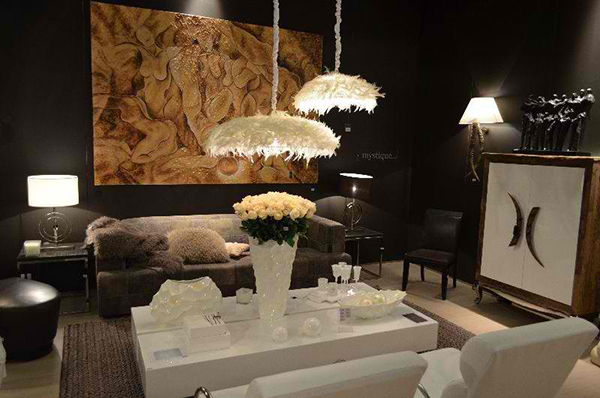
Design 3F
Whatever mood you want for your interior, it will always look good with black, gray and white. You can choose one or two or all three to pair with the colors of your choice. This can help balance the look without overdoing your color. Do not miss the chance of using colors by sticking to white in all areas, (unless you really want a white house). Aside from white, you can use other tones like pale gold, beige and soft cream.
8. Use tonal variations.

Maximus Great
Sometimes, you don’t have to go far with your colors. When you use different tones of the same colors, you will never go wrong. Observe nature. You will see varying tones of red and orange in the sunset and the tonal variations of a leaf. You can use this as an inspiration for the colors of your space. If you use the colors of the sunset, your space will end up with a romantic and soothing mood. If you use the colors of the sea, your home will have a cool and tranquil aura.
9. Combine the colors and consider each one.
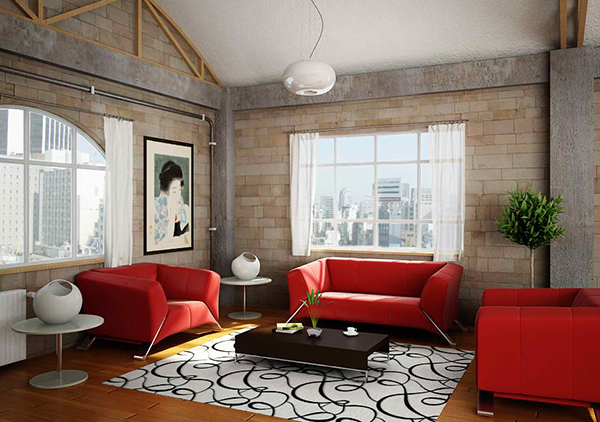
When we say consider each color, we mean do not judge it immediately not until it is with other colors. For instance, gray and brown may look dull alone. But when you combine it with turquoise, yellow or pink, then you will see that they actually look beautiful. Choose complementary colors to combine with your primary color like red and green. Using complementary colors will give your space a dynamic feel.
10. Always test your color choices.
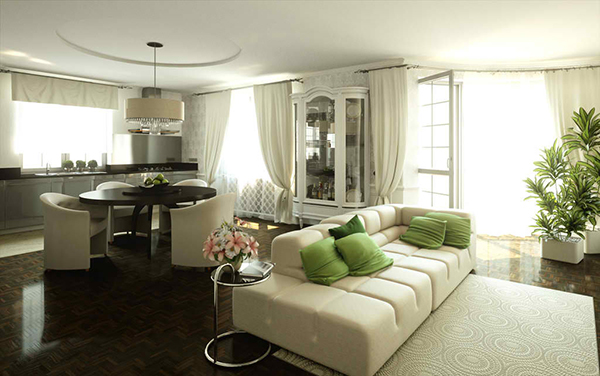
When you have chosen your colors, test how they will look together because colors work with the context of other colors. You can ask for some paint samples if your paint provider can give that. Then paint a board using it and add up other colors you want to use. Making a mood board can also help you decide if your color choices are the right ones for you. Try searching online too for some interiors that already used these colors to give you an idea on how your room will look like.
It is indeed amazing that we can do so many things with colors and colors can do so many things for our interior. Well, setting up a mood in our homes isn’t that hard at all. Just pick those colors, combine them and test them and you are good to go. Finding it hard to choose your colors? Look into our tips on how to choose color schemes to help you. We hope you find this post helpful.









